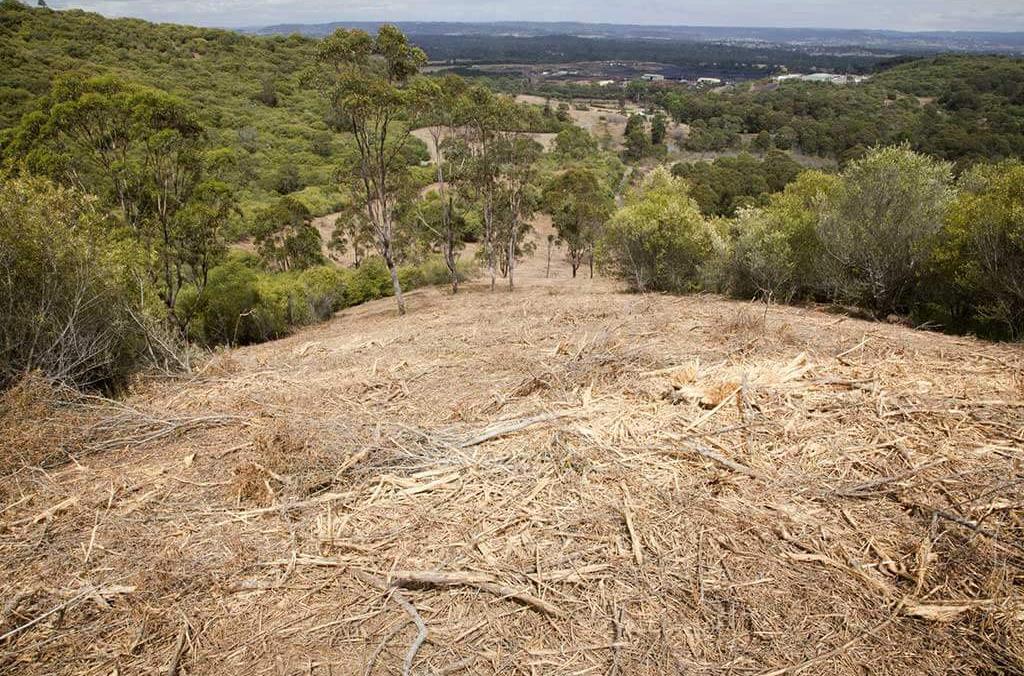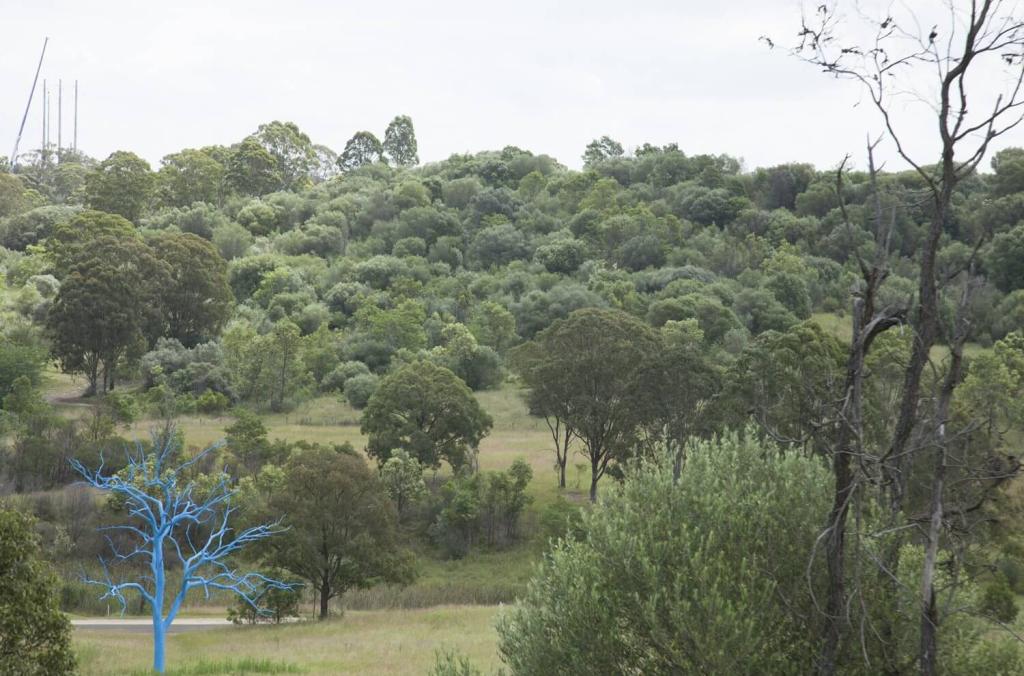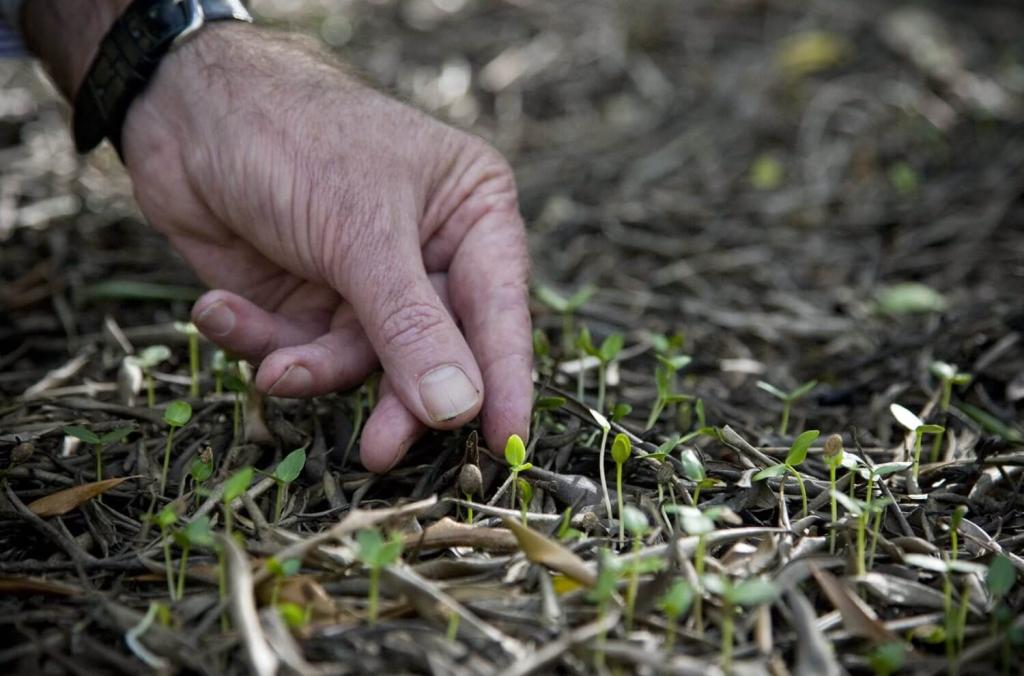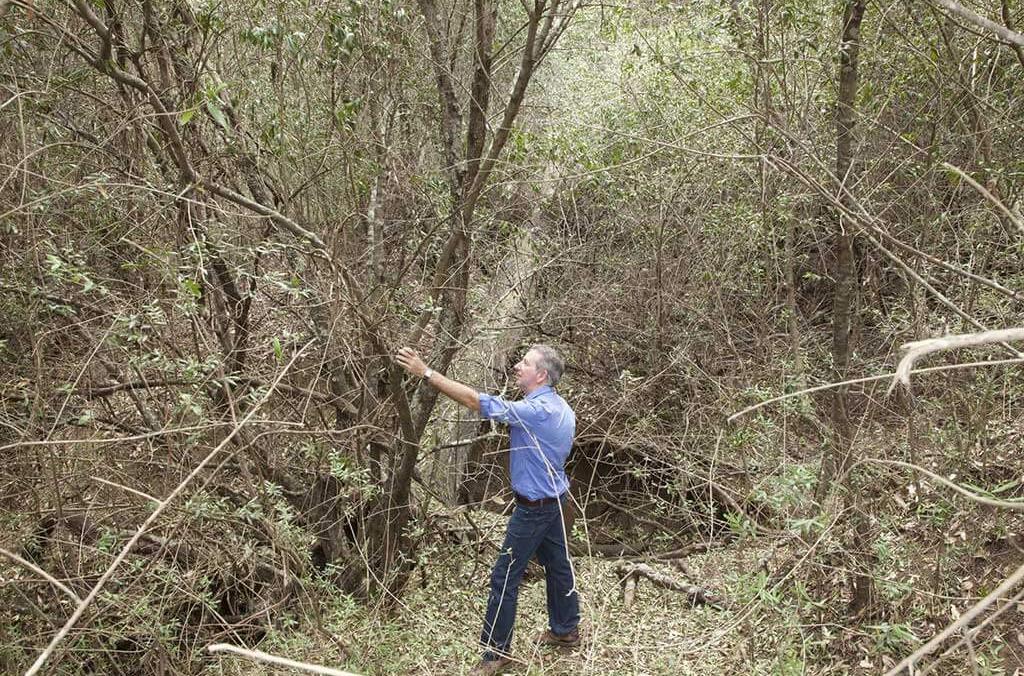Why is our rainforest on the rocks?
The Horticulture team at the Australian Botanic Garden Mount Annan continue to work away at clearing the many weeds and invasive species across the 416 acres of diverse land in the Garden, with African olive (Olea europaea subsp. cuspidata) being the prime offender.
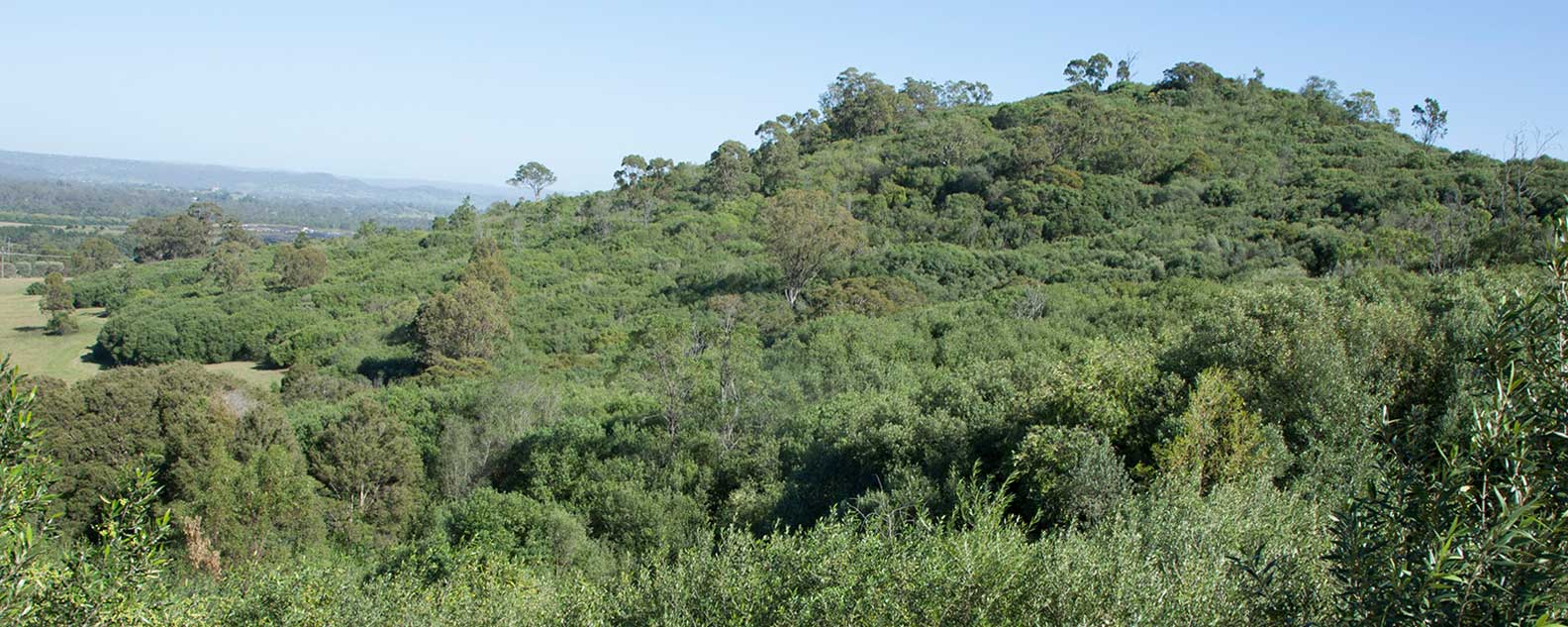
It's hard to comprehend the scale of the ecological damage across Australia from plants that were introduced into the landscape and quickly became invasive. However, the Western Sydney Dry Rainforest (WSDR) is right here in our backyard and one of the more critical examples of a highly restricted endangered ecological community (EEC) and highlights how our biodiversity is under threat from invasive species.
Restoring the native plants that have been squeezed out takes a coordinated effort that involves the local community, scientists at the Australian PlantBank and of course the horticulturists collecting seeds, propagating plants in the Nursery, clearing invasive species and reintroducing plants back into their natural habitat.
Tackling the African Olive at the Australian Botanic Garden Mount Annan
Unique flora
Being endangered, this EEC is facing a very high risk of extinction in the wild within the next 20 years. The WSDR is found at higher elevation areas in the outskirts of the Sydney Basin Bioregion, in association with slightly higher rainfall and clay soil derived from shale, with sandstone rocky outcrops.
Our Western Sydney Rainforest Rescue project is part funded by the New South Wales Environmental Trust and works toward the conservation of the diverse plants found within the WSDR, through the establishment of a ‘Diversity Showcase’ and the ongoing regeneration of existing WSDR areas at the Garden.
Take a look at how African olive spread on the Mount Annan summit from 1984 to 2014 below.
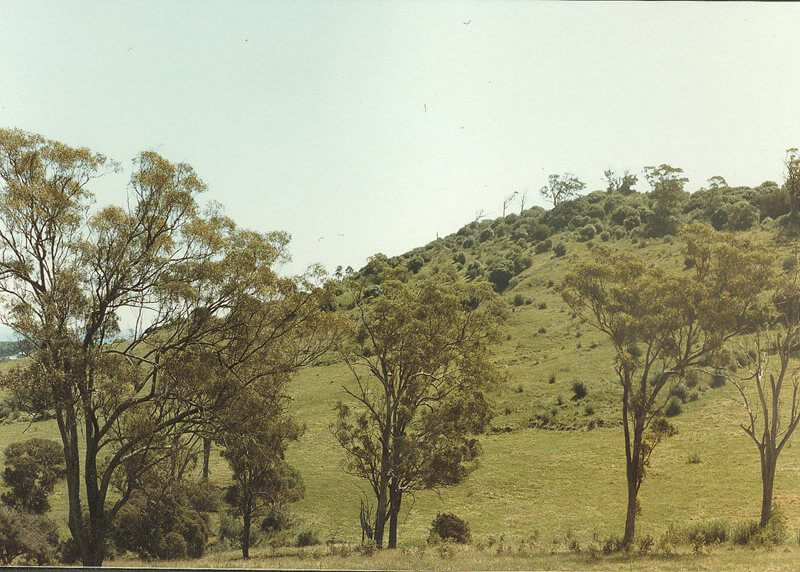
The Mount Annan summit in 1984 had a small amount of African olive (top right corner).
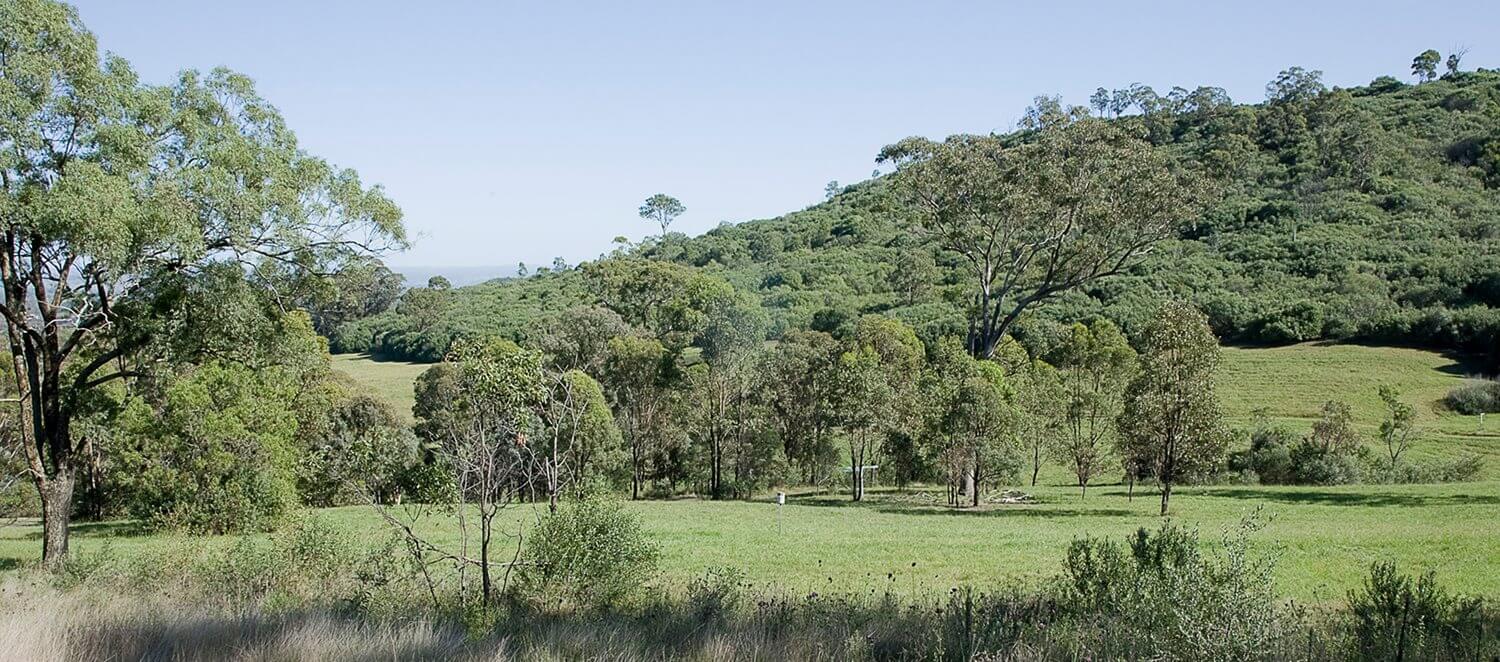
By 2014 the African olive completely covered the summit and began spreading further into the Garden.
This is just one of several locations where African olive has spread throughout the region, decimating local flora.

African olive isn't a shrub, the trees are meters high and create a thick forest blocking out sunlight for native plants.
As the seconds go by, you can almost hear the diversity being squeezed out by the African olive.
JORDAN SCOTT, SUPERVISOR NATURAL AREAS AND OPEN SPACES & PROJECT LEADER

Removing African olive is labour intensive and requires heavy machinery.
Native plant protection
Through a regional outreach program we conserve the remaining plant diversity held in private ownership and have the opportunity to collect more seeds and cuttings from the wild. The scientists at the Australian PlantBank use this plant material to research, identify and establish the genotypes. Further action is needed to create a secure regional conservation reserve where African olive is actively controlled and managed so the plants have an opportunity to thrive.
The proposed WSDR ‘Diversity Showcase’ at the Garden would be a conservation and horticultural display, providing a source of plant materials held at the Australian PlantBank for regional restoration projects. Visitors will also have the chance to explore and experience this rare plant community plus the significant fauna that it attracts.
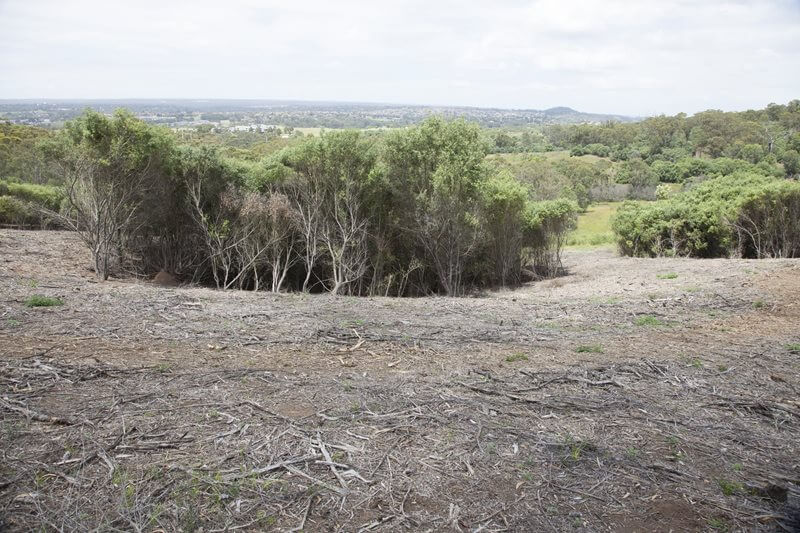
Only a small group of native plants have outlived the African olive in the Eastern ridge of the Garden.
The Australian Botanic Garden Field Collection Team, processing collected fruit and documenting detail of the collection site within the Razorback Region. Clearing African Olive shrubs from around a stand of Clerodendrum tomentosum, which is a very important nurse species for Western Sydney Dry Rainforest The Australian Botanic Garden Bushcare Group, undertaking ‘Western Sydney Rainforest Rescue’ project monitoring, by surveying quadrats within the ‘Restoration’ site. 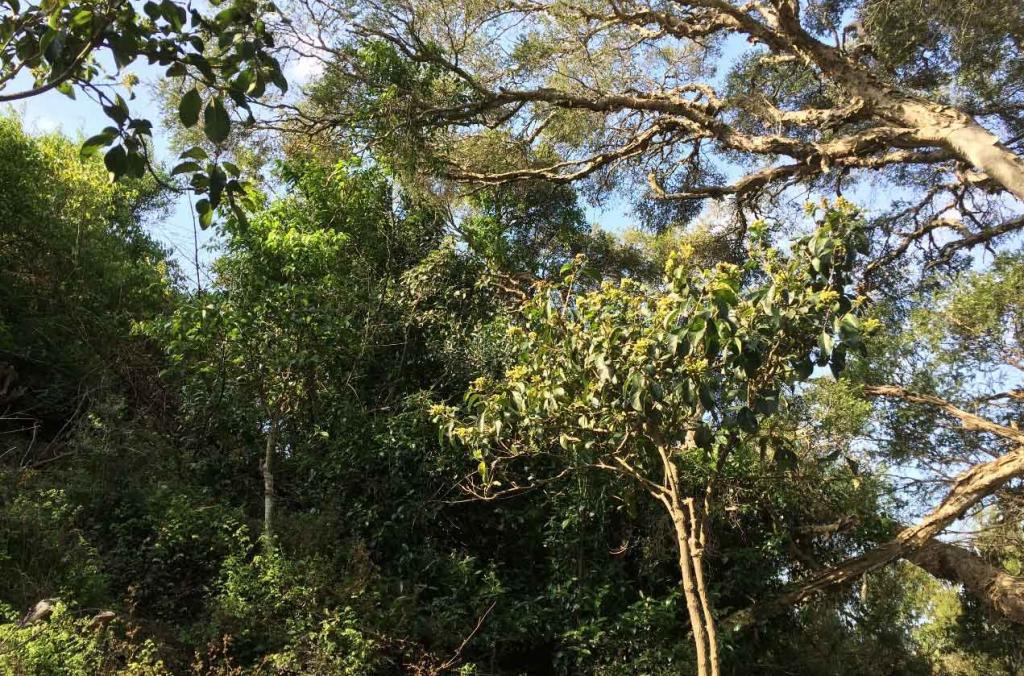
There are remnant areas of the Western Sydney Dry Rainforest at the Garden. 
Clerodendrum tomentosum, commonly known as hairy lolly bush, is one of that plants that are native to the area.
Clearing weeds is a difficult job, especially on a large scale, but massive progress has been made this year with the invasive African olive at the Garden.
JOHN SIEMON, CURATOR MANAGER OF THE AUSTRALIAN BOTANIC GARDEN MOUNT ANNAN
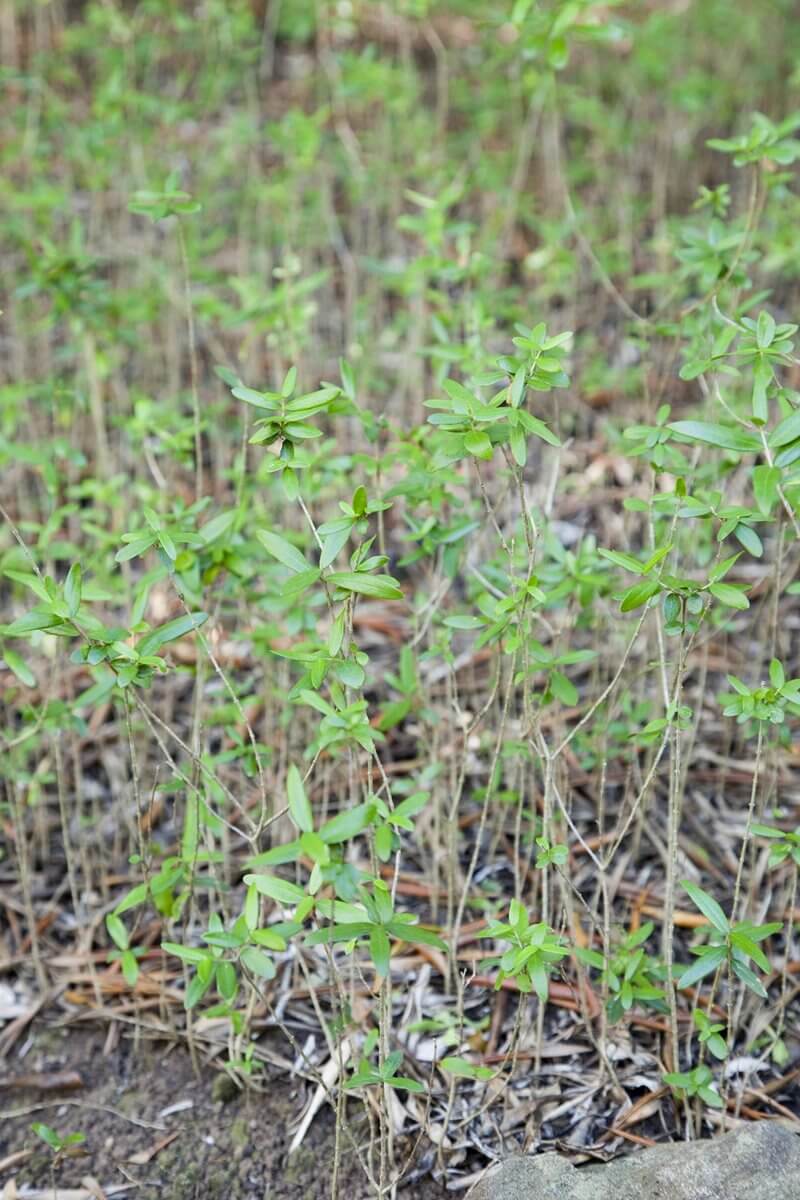
Thousands of African olive seedlings can be found in a single square metre.
Project updates
The structure of this woody weed is so dense that it requires heavy mulching machines that grind and chop the trees to the ground. Even with the help of equipment, clearing African olive is a slow, tedious job that is labour intensive.
So far, 17 hectares of African olive has been removed from the Garden in the past year and native plants have slowly returned. In the coming weeks we will continue the battle of removing 6 hectares but there is still another 25 hectares of dense trees on the Mount Annan summit to tackle over the next few years.
If you would like to learn more about the conservation work at the Australian Botanic Garden Mount Annan book at tour with our volunteers here.
We’ve made incredible progress controlling over 50 hectares of African olive at the Garden in the past 10 years, and the natural regeneration of WSDR after olive removal has been the inspiration for this project.
PETER CUNEO, SEEDBANK MANAGER & RESTORATION RESEARCHER
If you are a journalist and have a media enquiry about this story, please click here for contact details and more information.
Related stories
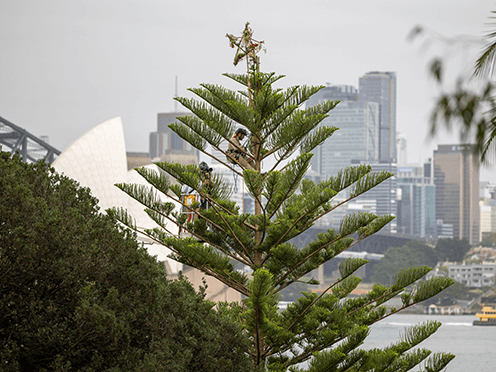
Discover the Royal Botanic Garden Sydney's very own "Christmas trees" - a festive trio of pretty pines from a lineage stretching all the way back to the time of the dinosaurs.

For the team at the Research Centre for Ecosystem Resilience (ReCER), a request from the Blue Mountains Botanic Garden to design a hedge of the towering Nothofagus moorei, or Antarctic beech, sparked a unique collaboration between science and horticulture.
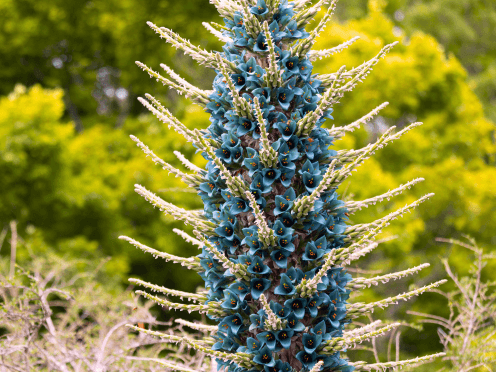
An extraordinary display of rare turquoise blooms are starting to flower at the Blue Mountains Botanic Garden Mount Tomah, with one species blooming for the first time ever.
